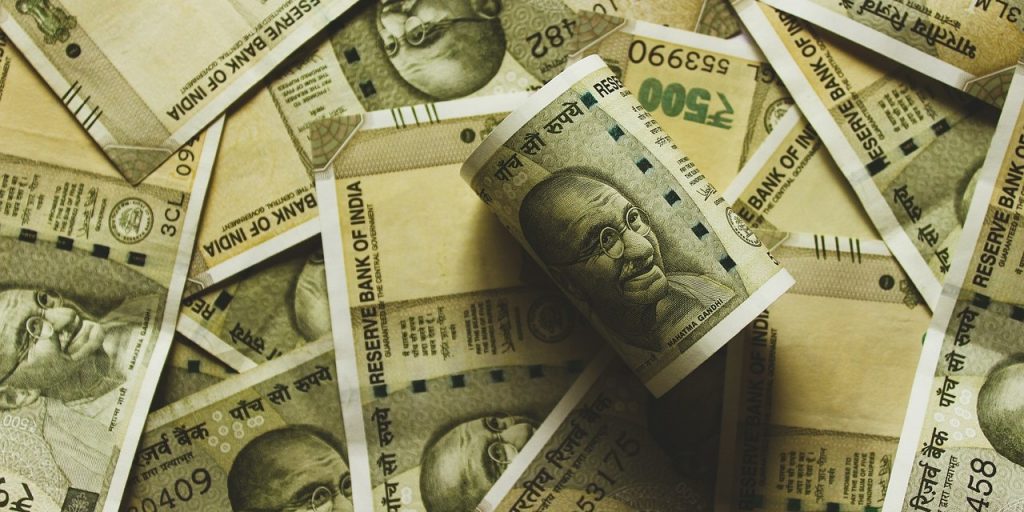 Billionaire Raj: India’s 1 percent Hold 40 percent of Nation's Wealth, Finds Report
Billionaire Raj: India’s 1 percent Hold 40 percent of Nation's Wealth, Finds ReportAccording to a recent report titled “Income and Wealth Inequality in India, 1992-2023: The Rise of Billionaire Raj,” the wealthiest 1 percent of India’s population now holds the highest share of the country’s wealth in six decades, surpassing even the wealth inequalities in countries such as Brazil and the United States.
Based on the study conducted by the World Inequality Lab, as of the end of 2023, India’s richest minority possessed a staggering 40.1 percent of the country’s wealth, a figure not seen since 1961. Their share of total income stood at 22.6 percent, reaching levels not witnessed since 1922.
The study is authored by Thomas Piketty (Paris School of Economics and World Inequality Lab), Lucas Chancel (Harvard Kennedy School and World Inequality Lab), and Nitin Kumar Bharti (New York University and World Inequality Lab).
The paper highlights that the ‘Billionaire Raj’ is now more unequal than the British Raj, a colonial era known for its stark social and economic disparities. This rise in wealth concentration can be traced back to India’s liberalisation in 1992, which opened doors to foreign investment and triggered a surge in the number of billionaires within the country.
Between 2014-15 and 2022-23, top-end inequality, especially in regards to wealth concentration, has risen sharply. By 2022-23, the top 1 percent’s income and wealth shares had reached historic highs of 22.6 percent and 40.1 percent, respectively, placing India’s top 1 percent income share among the highest globally, passing countries like South Africa, Brazil, and the US.
“The ‘Billionaire Raj’ is now more unequal than the British colonial Raj.”
1 month before #IndiaElections, @Nitin_K_Bharti @lucas_chancel @PikettyWIL @anmol_smnch publish a new paper on the long-run evolution of income and wealth inequality in India 🇮🇳
▶️https://t.co/5E6zY6D5hq pic.twitter.com/fnMhXpSIfS
— World Inequality Lab | WID.world (@WIL_inequality) March 19, 2024
The paper suggests that the Indian income tax system may be regressive when viewed through the lens of net wealth. The authors advocate for a restructuring of the tax code to include both income and wealth, alongside broad-based public investments in health, education, and nutrition, to ensure that the benefits of globalisation extend beyond the elites to the average Indian citizen.
The study also suggests a solution for the same. Implementation of a “super tax” of 2 percent on the net wealth of the 167 wealthiest families in 2022-23. The paper argues that the “super tax” could yield substantial revenues amounting to 0.5 percent of national income, creating valuable fiscal space for crucial public investments.
However, the paper also points out challenges such as the poor quality of economic data in India, which has seen a recent decline, and emphasises the urgent need to address the widening gap between the rich and the rural poor. Prime Minister Narendra Modi’s government, elected on a mandate for development and economic reforms, has faced criticism for deepening this wealth gap during its tenure as India’s economy grew at 8.4 percent in the final quarter of 2023.
Congress had previously raised concerns about the central government’s close associations with billionaires in campaign rallies ahead of the elections. Asia’s two richest men are both Indians: Mukesh Ambani (Reliance Industries) and Gautam Adani (Adani Group).
